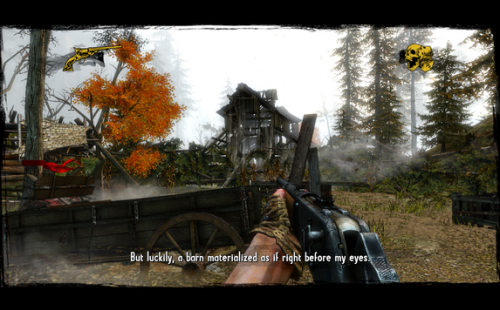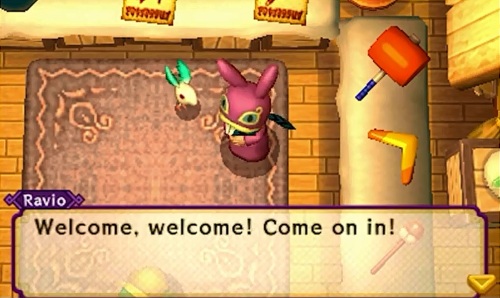Musings and Memories of 2013: Learning My Craft
Rather than a strict Game of the Year list, at Gamerly Musings I’ll be writing a series of articles about the games that were most important to me, personally. The games will be roughly grouped together by themes, qualities, or learning experiences that they shared rather than offering awards based on genre or release platform, which I think works out rather nicely for highlighting some under-appreciated games that would never appear on a “best of 2013” list but deserve special recognition in their own right.
Reviewing and analyzing these three games – one good, one bad, and one somewhere in between – helped to develop my skills as a writer more than any other in 2013. Each of the games are very different, but in my effort to give them the reviews they deserved I grew as a writer. That could be growth in learning new techniques, refining old ones, or finding new perspectives through which to look at the games. Regardless of how it happened, all three of these games helped me learn my craft as a writer in 2013.
Gone Home
By the far the most challenging review I wrote in 2013 was the one I did for Gone Home. I already knew it was going to be something special, the 2012 IGF demo, just the demo, was my game of the year that year after all. And even just from that demo it was revelatory the way it used the environment to infer most of its story outside of Sam’s narrated journal entries. Even the “put back” mechanic, simple as it was, was a stroke of genius in depicting domestic exploration that didn’t devolve into ransacking the place. But most of all, it was Sam’s coming out story that sealed it. Sam’s story felt so true, but was told in such a distinctly game-y way, I still get chills thinking about it.
While playing Gone Home I felt like I was playing something important, a game that would become part of the essential literacy for game critics. The same feeling I got when first playing Bastion or Dark Souls, the feeling that it was a game people would continue to write about for years, dissecting it for every morsel of meaning.
And here I was supposed to review it? To be one of the first voices in that ongoing critical discussion? Yeah, I was a bit intimidated. Read the rest of this entry »


